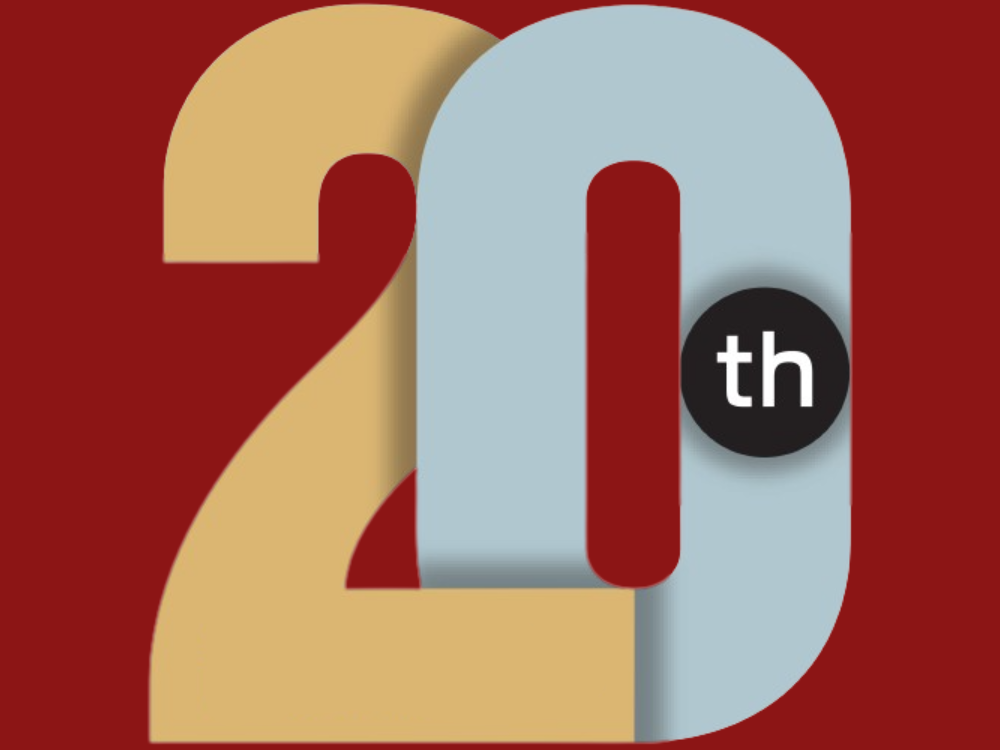 (Illustration by iStock/akinbostanci)
(Illustration by iStock/akinbostanci)

Time-based considerations—such as whether to give now or give later, the weighting of responsibilities to the past, present, and future, and questions surrounding foundation life span and the pacing of payouts—will be among the most consequential issues facing philanthropy in the coming years.
Of course, these considerations are not new. They have preoccupied funders since the birth of modern philanthropy more than a century ago. In fact, Stanford Social Innovation Review has provided an important platform for debating them since its founding.1 But for a number of reasons (which are discussed in more detail in a forthcoming book I coedited with Ray Madoff called Giving in Time), temporal considerations in philanthropy have increased in salience in recent decades and will continue to do so in the years to come.
What are some of the reasons why donors are paying more attention to questions of temporality? One reason is that over the last two decades, the engaged living major donor has come to dominate the philanthropic landscape, where once legacy institutions reigned. Of course, legacy foundations did not ignore time-based considerations: Many of their leaders thought deeply about the nature of their responsibilities to their founders, about the speed at which funds were disbursed, and about the legitimacy of perpetuity.
But individual major donors operate with a different temporal framework than do institutions, especially institutions that exist in perpetuity, and these donors have elevated the human lifetime, with all its drama and poignancy, as the moral canvass on which giving decisions are arrayed. This shift is most apparent in the pledges made by a growing number of wealthy individuals around the world, such as MacKenzie Scott and Azim Premji, to give away a considerable portion of their fortunes before they die.
Such pledges have given rise to a host of questions that will define many of the debates about large-scale giving in the years ahead. How does one balance an approach to philanthropy that reflects a sense of urgency and that gets funds into the hands of charities expeditiously, with a commitment to learning and deliberation, given that many donors are beginning careers in philanthropy earlier in their lives, and can expect decades of active giving ahead? Are there particular approaches to giving that make sense at different periods in a donor’s life? How will major life events—such as births, marriages, divorces, and deaths—shape giving priorities and practices? At what point should entrepreneurs and corporate leaders extract themselves from the businesses in which they made their fortunes to devote themselves fully to philanthropy?
All of these questions bleed into each other and the answers that donors—and the public more generally—arrive at will be central in determining many of the dynamics that characterize large-scale giving in the coming decades.
Another factor behind the increased salience of temporality has been the explosive growth of donor-advised funds (DAFs), which in turn has boosted the prominence of debates about the proper speed at which philanthropic resources should be channeled directly to operating charities. The instructive historical parallel here is the Tax Reform Act of 1969. The congressional investigation that produced the law was precipitated by concerns about the number of private foundations that had sprouted up in the 1940s and 1950s, and worries that they were warehousing funds that should instead be helping charities in need.
The debates over the bill produced the most consequential, sustained public engagement with questions of philanthropy and temporality in the second half of the 20th century, and led to the mandated payout requirements for foundations. The irony is that the law also created a “lacunae” (to quote historian Lila Corwin Berman2) between the legal categories of a private foundation and a public charity (which lacks a payout requirement) into which DAFs took root. Much like the way that the growth of foundations attracted attention to the issues of payout in the 1950s and 1960s, the growth of DAFs has done the same in the 2010s and will continue to do so in the decade to come.
Another explanation for the increased salience of temporal considerations in philanthropy is the sense of crisis which has come to define so much of our civic life. Even if it has been stoked by media and public figures with political or pecuniary interests in sensationalism, the importuning of multiple, entangled crises no doubt also reflects the very real, very grave threats we face on a national and global level.
Most notable among these crises is climate change, but it is joined by crises related to economic inequality and precarity, racial injustice, and myriad other ills. The experience of crisis often exerts a sort of temporal gravitational force, drawing attention and resources toward the present and even more so when the consciousness of crisis is perpetually present. Yet all these present crises also require us to think about philanthropy’s responsibility to the future and to crises not yet known; they exert their pressures on philanthropic practice in a complex temporal register which all of us who care about philanthropy will need to be more attuned to in the years to come.
The increased attention the philanthropy sector has begun to pay to the power dynamics between donors and grantees has also helped elevate and electrify certain time-based considerations in philanthropy. Rapidity now vies with deliberateness as a philanthropic virtue that privileges getting resources out the door quickly. Decisions about the pacing of disbursement are some of the most profound ways that donors exercise their power; channeling resources to groups closer to the problems the donor seeks to address, and letting these groups take control of those decisions is an important way a donor can let go of some of that power.
Yet, at the same time that getting money quickly out the door and into the hands of working charities might be a way of shifting power, to the extent that it requires active decision-making and discrimination by the donor about who to extend that power to, it is in itself an exercise of power. Which is to say: In the decades to come, if a corps of current billionaires makes good on pledges to devote significant portions of their fortunes to philanthropy in their lifetimes, that will not just represent a landmark in the history of time-based considerations in philanthropy, it will represent an unprecedented display of philanthropic muscle-flexing.
This list of the reasons for the contemporary salience of time-based considerations in philanthropy is by no means exhaustive. Several other factors have also been important and can only be gestured toward here. For example, the effective altruism movement has focused attention on debates about our responsibility to the far future. And campaigns to promote racial justice have brought needed attention to philanthropy’s role in addressing historical wrongs.
As these time-based considerations have deepened their hold on philanthropy discourse over the last decade, they have begun to interact in significant ways: How we talk about when in a lifetime giving occurs shapes how we think about the institutional forms that giving takes on, which in turns colors discussions of responsibilities to the present moment and to the future. It is impossible to know precisely what norms and practices will emerge in the coming years out of these interactions. It is clear, however, that the coming decade will be marked by a heightened and healthy intentionality about how donors should consider temporal issues in their decision-making, “giving in time.”
Support SSIR’s coverage of cross-sector solutions to global challenges.
Help us further the reach of innovative ideas. Donate today.
Read more stories by Benjamin Soskis.

